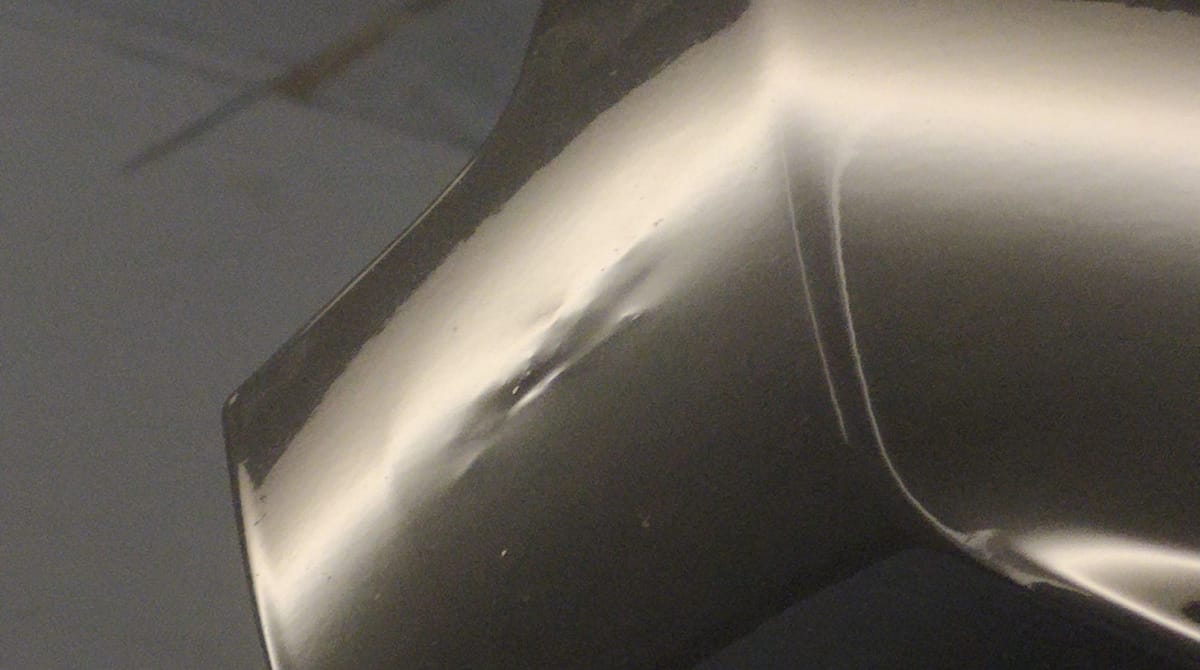Precision over Speed: The Consequences of Rushing in PDR

- Overpushing the Dent: Rushing can lead to overpushing the dent, where the technician applies too much pressure and pushes the metal beyond its original shape. This can create a bulge or a high spot, making the repair more noticeable and difficult to correct.
- Cracking the Paint: If the technician is not careful and exerts too much force, it can cause the paint to crack. This defeats the purpose of PDR, which aims to fix dents without damaging the paint.
- Incomplete Repair: Speeding through the process might result in a less thorough repair, where the dent is not fully corrected, or the metal is not smoothly restored to its original contour.
- Damaging the Panel: In their haste, a new technician might accidentally cause additional damage to the panel or adjacent areas, especially if they are unfamiliar with the intricacies of different vehicle models and panel structures.
- Reduced Quality of Work: Overall, the quality of the repair is likely to suffer if the process is rushed. PDR requires patience and precision, and rushing can lead to subpar results that don’t meet professional standards.
- Customer Dissatisfaction: Ultimately, a rushed job can lead to customer dissatisfaction, as the repair may not meet the expectations regarding appearance and quality.
For these reasons, new PDR technicians MUST take their time, focus on precision, and gain experience gradually to ensure high-quality, effective repairs.
- Dave O.
Comments ()